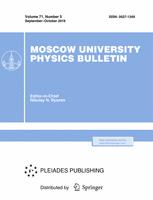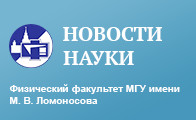Определение ионного состава и концентрациивеществ в речных и сточных водах представляет собой важную научно-практическую задачу экологического мониторинга. В настоящей работе решается задача по определениюконцентраций ионов Zn2+, Cu2+, Li+, Fe3+, Ni2+, NH4+, SO42- и NO3-в водных растворах с помощью спектроскопии комбинационного рассеяния (КР) и искусственных нейронных сетей (НС). Спектроскопия КР позволяет проводитьбыстрый и дистанционный анализ многокомпонентных жидких сред в режиме реального времени. Однако анализ спектров сталкивается с рядом проблем вследствие сложногохимического состава природных вод и наличия флуоресцентного фона, обусловленного растворёнными органическими веществами. Поэтому необходимоиспользовать НС. В рамках исследования с целью доменной адаптации НС реализуется метод переноса обучения, основанный на предварительном обучениимоделей на репрезентативной выборке спектральных данных, не содержащих флуоресцентной составляющей (исходный домен), и дальнейшем дообучении НС наспектрах с флуоресцентным фоном (целевой домен). Такой подход позволил повысить эффективность обучения модели и точность определения концентраций ионов вреальных речных водах (Москва-река, Яуза, Битца, Сетунь).
$^1$МГУ им. Ломоносова, Физический факультет, Кафедра квантовой электроники. Студент. Moscow State University, Faculty of Physics, Department of Quantum Electronics. 5nd year student\
$^2$undefined



